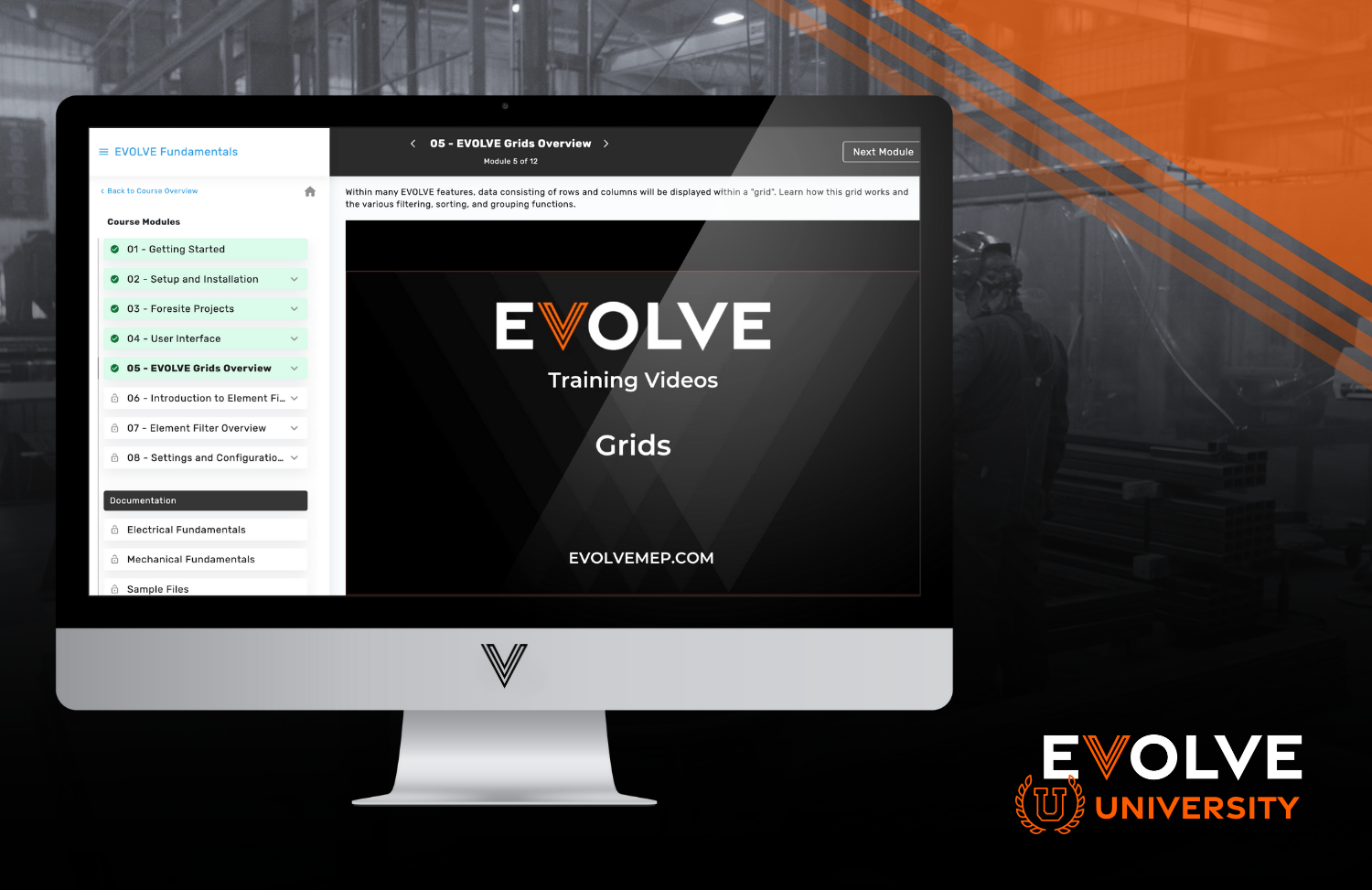Over the past few years the construction industry, along with most verticals, has been impacted by the digital shift. Technology is enabling teams across all verticals to achieve more than ever. However this means construction teams are under pressure to complete projects faster, to deliver more accurate estimates, and to scale without ever letting quality drop.
Below are five key areas where technology is impacting the AEC and MEP industries. Team leaders should be aware of how these parts of the industry are changing, and how they can adapt to keep up.
New platforms designed specifically for contractors enable craftsmen in a prefab shop to manufacture components on a larger scale than at the jobsite, which saves time and money. With the power of a robust construction management software the elements manufactured in a shop are more precise and are more likely to fit without the need for significant reworking in the field. Contractors can cut down on wasted time both in the shop and in the field, reducing labor costs and making it easier to track the status of the part to know when it’s available for installation.
Leveraging a platform which connects directly to catalogs will allow you to keep up with BOMs. It also gives your team the opportunity to buy commodities on a price downswing, rather than having to purchase at a time when prices are locked. But materials management doesn’t only save money- it saves time. By tracking the shipment of materials, managers can identify and adjust workforce requirements as indicated by the expected arrival date of specific material, cutting down on wasted man hours on the job.
Optimizing field productivity comes down to communication and visibility. The introduction of construction management platforms such as EVOLVE allow teams to access all parts of a construction project in one place. It also allows managers to automate tasks such as work cell assignment, tracking progress, providing more accurate estimates, and more. With a strong construction management The right personnel are on site. The arrival of appropriate materials in good condition. All the proper paperwork—plans, permits, etc.—to complete the job. Only then can the job get done right.
Construction management software can look at statistics on time taken for specific jobs and use that information to calculate the need for skilled manpower at specific periods of the project. With these new feeds of data, managers can improve labor forecasting, whether it’s for a day-long task or for an entire project. Integrated materials management platforms provide information on the status of goods ordered or fabrication jobs queued, advising planners on when jobs can be scheduled on-site and when to bring in specific trades. With reliable updates on project status and delivery dates, managers now have the best opportunity to integrate available data into their decisions.
Additionally, many construction management software solutions offer advanced reporting and analytics capabilities, which can help managers identify areas for improvement, and make data-driven decisions about how to optimize project performance.
During the pandemic, all industries had to embrace technology in order to keep up with demand. Having immediate access to critical information like the progress of a construction project became vital for people who weren’t able to go onto the construction site. Post-pandemic, those well-documented reports are being adopted permanently so they can provide information to anyone around the world who has access to the files.
The EVOLVE platform helps companies such as Cleveland Electric take on more projects without losing quality. Schedule a demo today to learn more.
Below are five key areas where technology is impacting the AEC and MEP industries. Team leaders should be aware of how these parts of the industry are changing, and how they can adapt to keep up.
- Increasing Use of Prefab
New platforms designed specifically for contractors enable craftsmen in a prefab shop to manufacture components on a larger scale than at the jobsite, which saves time and money. With the power of a robust construction management software the elements manufactured in a shop are more precise and are more likely to fit without the need for significant reworking in the field. Contractors can cut down on wasted time both in the shop and in the field, reducing labor costs and making it easier to track the status of the part to know when it’s available for installation.
- Enhanced Materials Management
Leveraging a platform which connects directly to catalogs will allow you to keep up with BOMs. It also gives your team the opportunity to buy commodities on a price downswing, rather than having to purchase at a time when prices are locked. But materials management doesn’t only save money- it saves time. By tracking the shipment of materials, managers can identify and adjust workforce requirements as indicated by the expected arrival date of specific material, cutting down on wasted man hours on the job.
- Optimized Field Productivity
Optimizing field productivity comes down to communication and visibility. The introduction of construction management platforms such as EVOLVE allow teams to access all parts of a construction project in one place. It also allows managers to automate tasks such as work cell assignment, tracking progress, providing more accurate estimates, and more. With a strong construction management The right personnel are on site. The arrival of appropriate materials in good condition. All the proper paperwork—plans, permits, etc.—to complete the job. Only then can the job get done right.
- Improvements to Labor Forecasting
Construction management software can look at statistics on time taken for specific jobs and use that information to calculate the need for skilled manpower at specific periods of the project. With these new feeds of data, managers can improve labor forecasting, whether it’s for a day-long task or for an entire project. Integrated materials management platforms provide information on the status of goods ordered or fabrication jobs queued, advising planners on when jobs can be scheduled on-site and when to bring in specific trades. With reliable updates on project status and delivery dates, managers now have the best opportunity to integrate available data into their decisions.
- Better Progress Visibility and Performance Data
Additionally, many construction management software solutions offer advanced reporting and analytics capabilities, which can help managers identify areas for improvement, and make data-driven decisions about how to optimize project performance.
During the pandemic, all industries had to embrace technology in order to keep up with demand. Having immediate access to critical information like the progress of a construction project became vital for people who weren’t able to go onto the construction site. Post-pandemic, those well-documented reports are being adopted permanently so they can provide information to anyone around the world who has access to the files.
The EVOLVE platform helps companies such as Cleveland Electric take on more projects without losing quality. Schedule a demo today to learn more.





